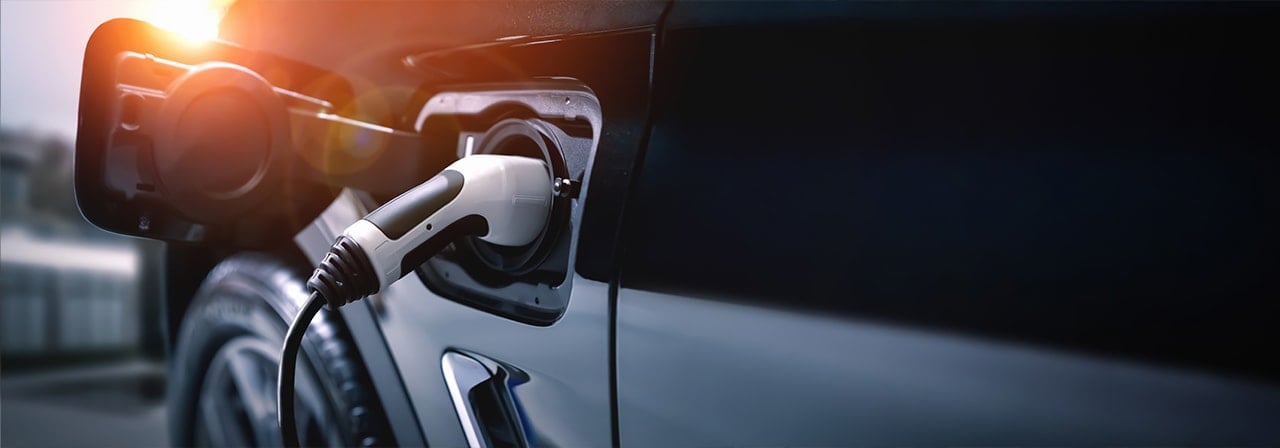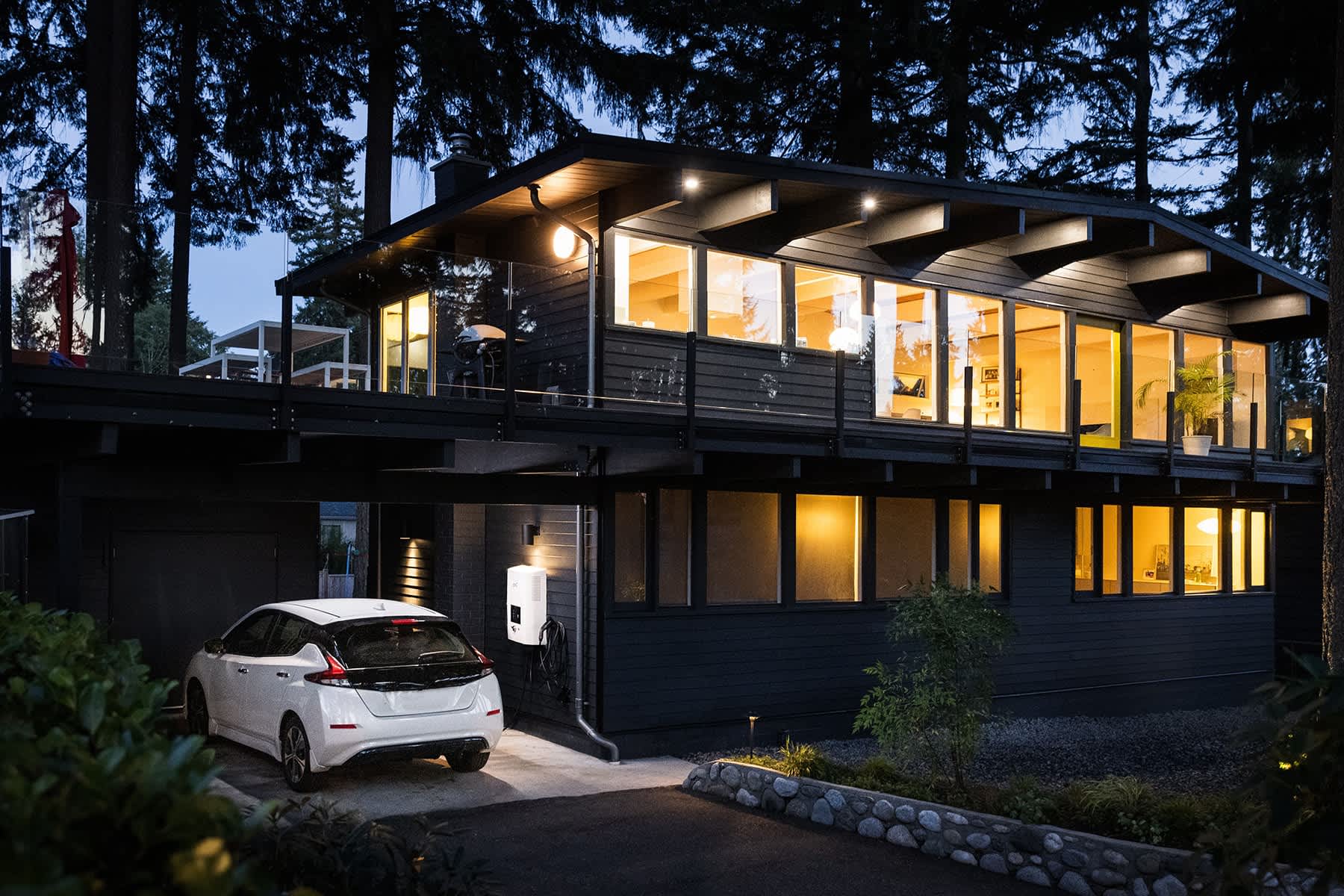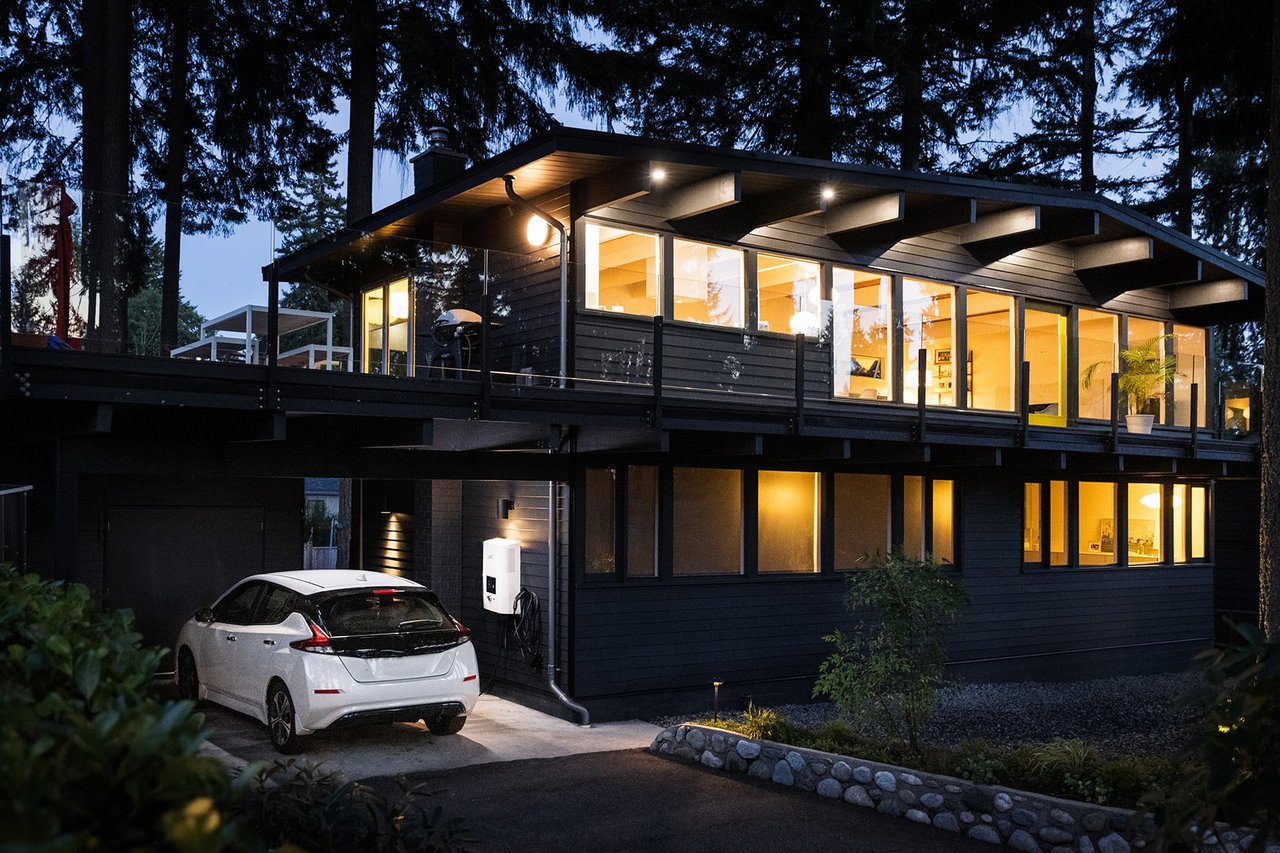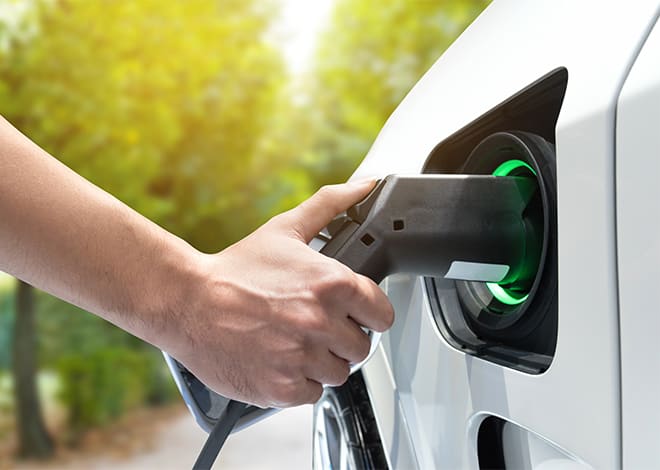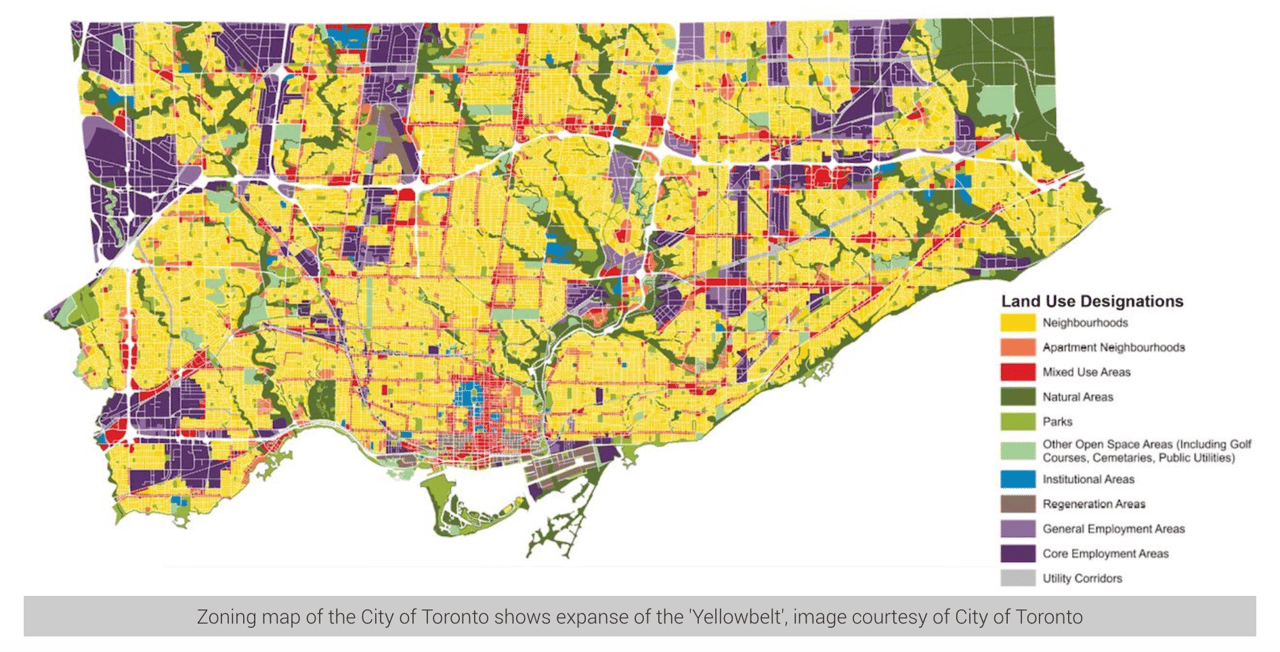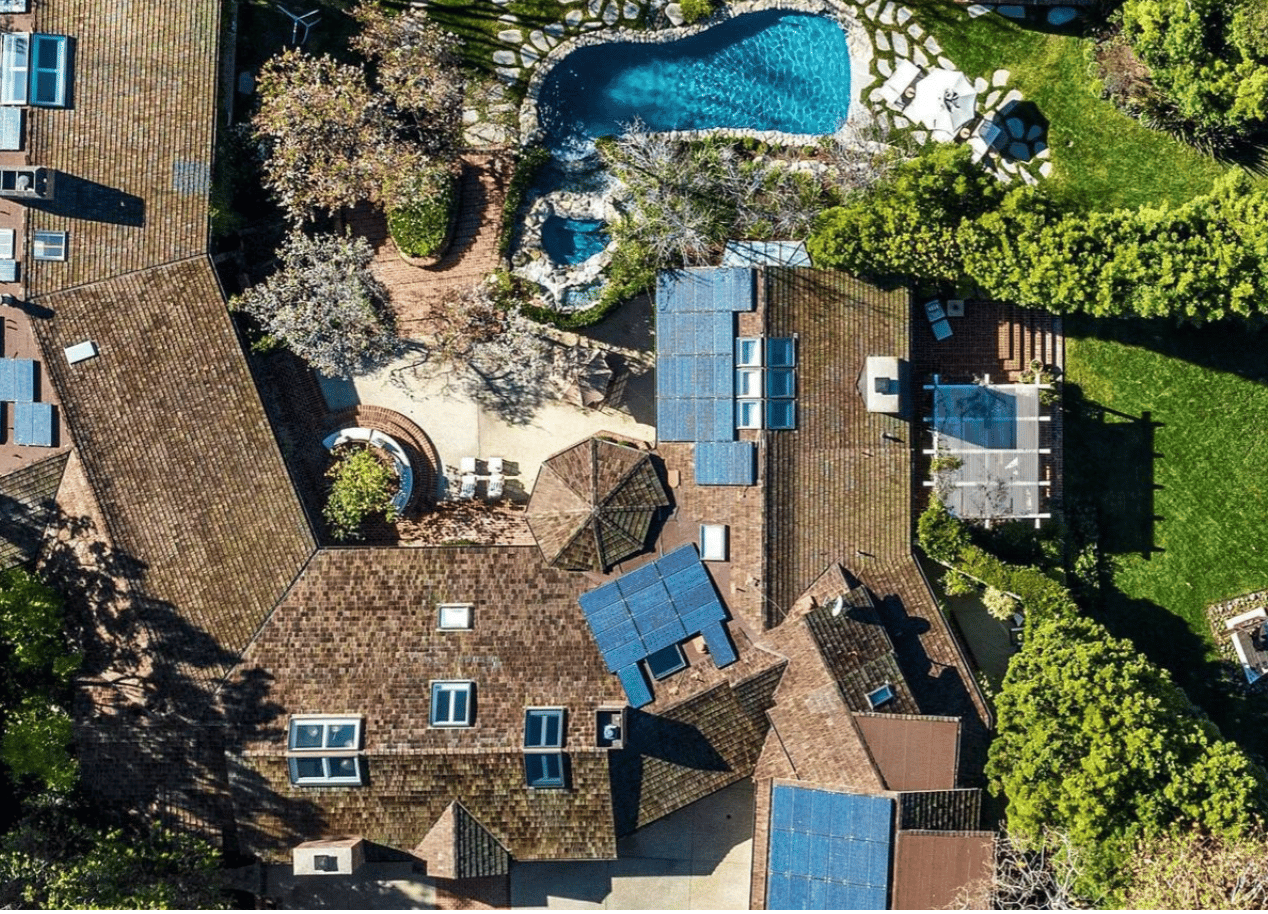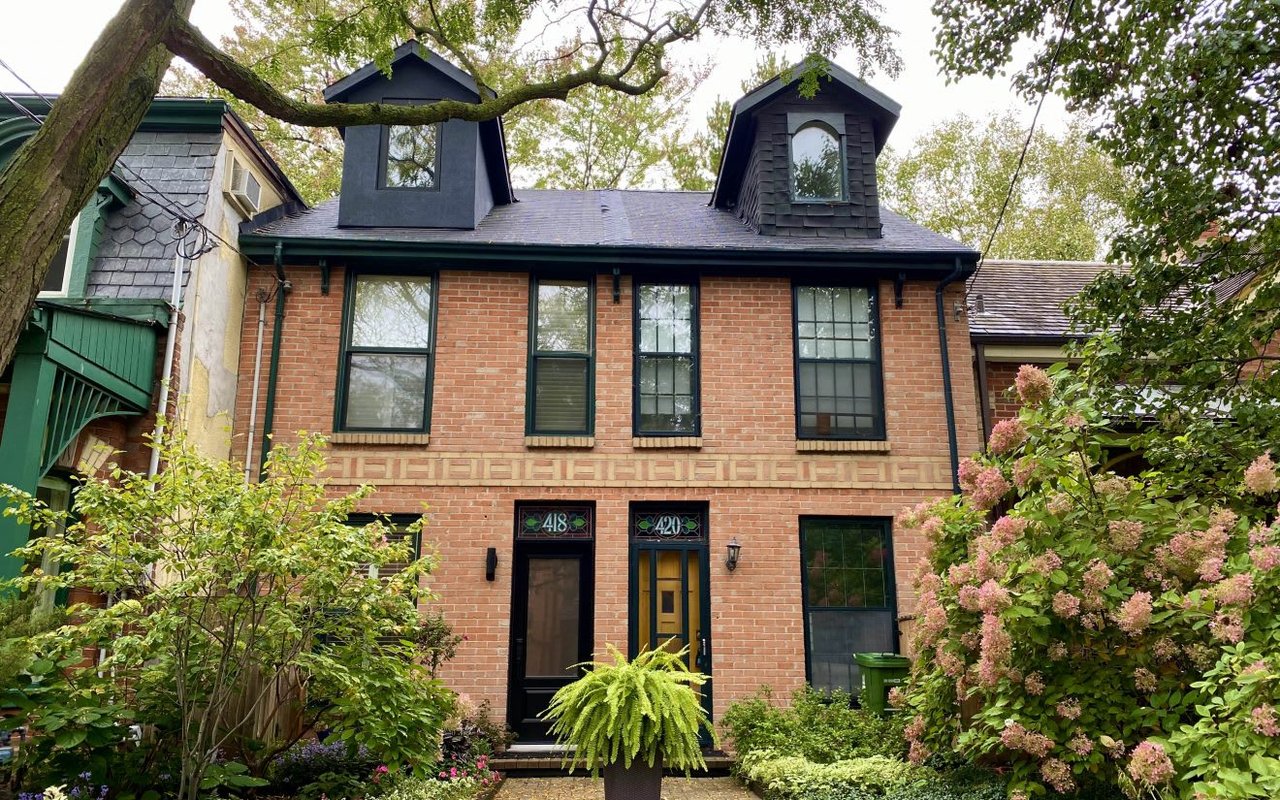An electric vehicle is a great way to save money on gas and to do your part to protect the environment. While public charging stations are becoming more available, you may want to consider the convenience of having your own home charging station. If you’re debating installing an electric vehicle charger in your home, here are some important things to know.
Consider Charging Speed
Almost all electric vehicles (EVs) come with a standard Level 1 charger. These chargers plug into a traditional outlet, however they charge the vehicle much more slowly. Most EV owners looking to install a charger at home choose a Level 2 charger, which is much quicker due to a higher voltage (240-volt) and higher amperage. These chargers require a different kind of plug, so you’ll likely require the assistance of an electrician to install one.
Hard-Wired vs. Plug-In Chargers
You can purchase a plug-in Level 2 charger at a cheaper price, which can be useful as they are easily portable. However, chargers that are permanently installed (or hard-wired) can typically carry more current allowing for faster charging, and are more suited for outdoor charging.
Where to Install
If your home doesn’t have some type of garage or car-port, you probably will be unable to install a home EV charger. If your garage comes with a suitable power source, your installation should be relatively simple. However, if your garage does not have a power outlet, you may have to do additional construction (i.e.: running cables underground or through the ceiling of your basement), which can make the installation process take much longer and become quite costly.
Installation Costs
If the set-up is going to be pretty straightforward, as in the case with garages with power outlets, your costs for installation by an electrician and required permitting will likely be upward of $500. In more complicated cases where the power source is not within 20 feet of where the car will be kept, or if your home’s electric service needs upgrading, your costs can go up dramatically. If a new electric panel is required, you may have additional charges ranging from $2,000 to $4,000. In situations where the homes entire electrical service needs upgrading, the costs can be up to an additional $8,000.
You May Be Eligible for a Rebate on Your Lease or Purchase
Ontario Installation rebates have been cancelled however if you are considering buying or leasing a Zero-Emission electric vehicle check out the Ontario rebates here. incentives-purchasing-zero-emission-vehicles
If you’re thinking of changing homes to support a more green lifestyle, we can help you find the home of your dreams and prepare you for your next move.
Photo Credit: dcbel via Unsplash
